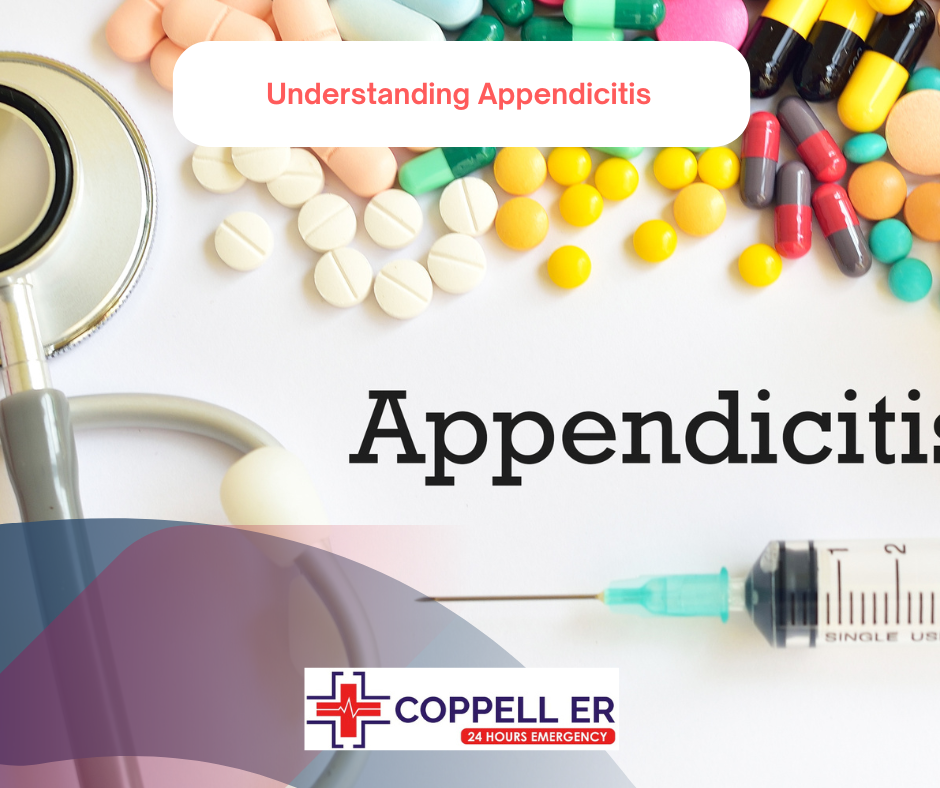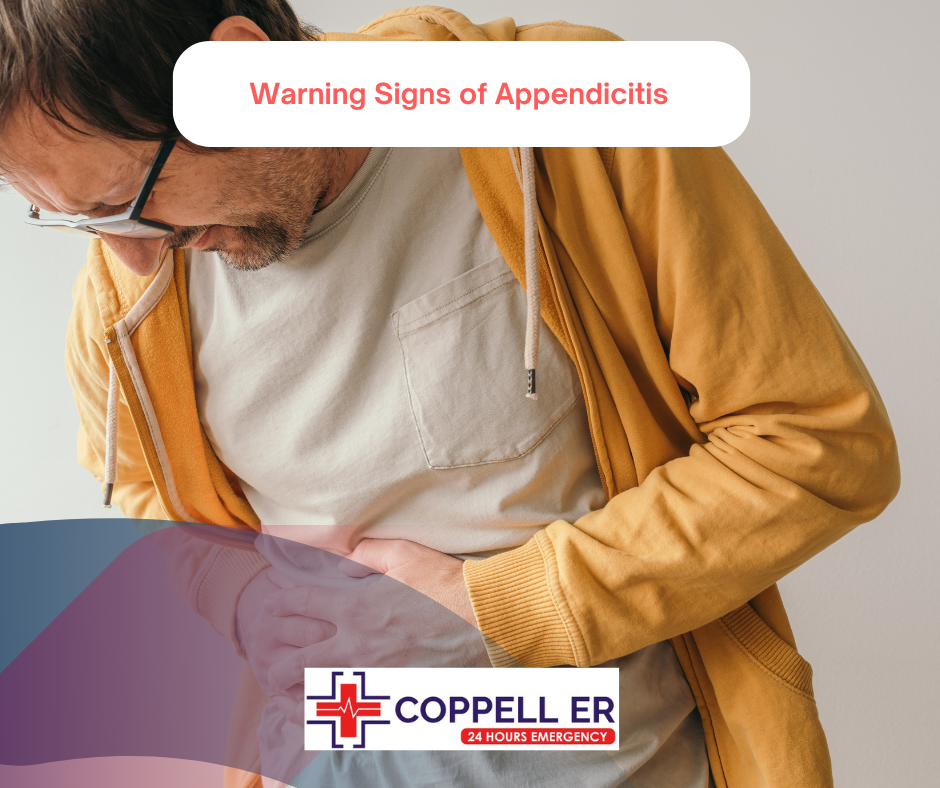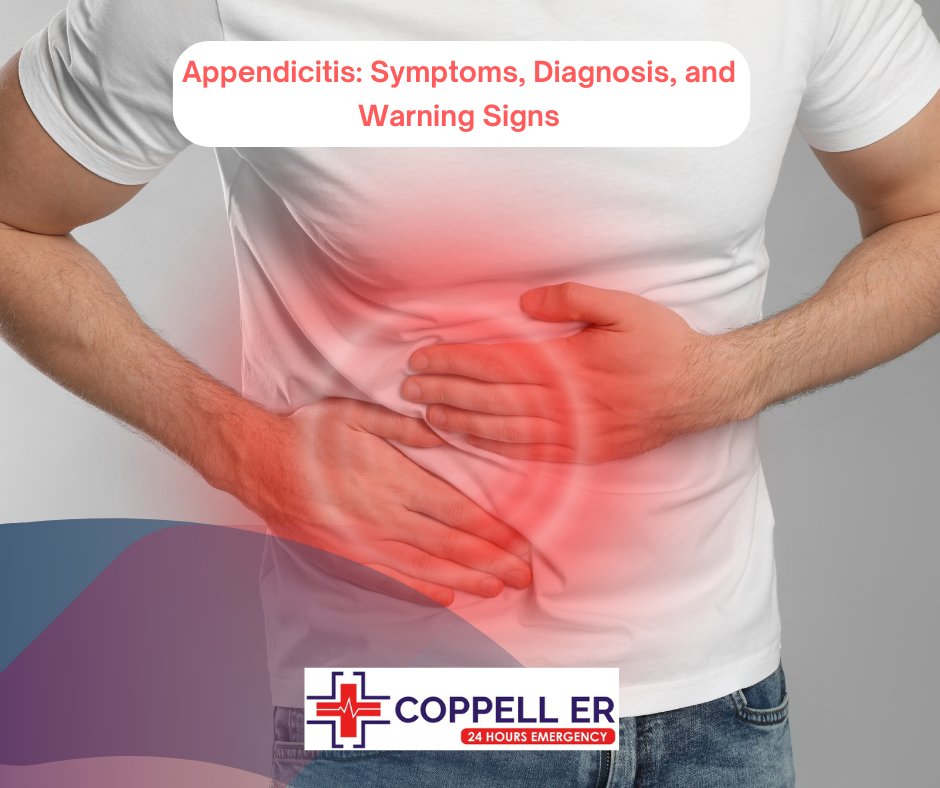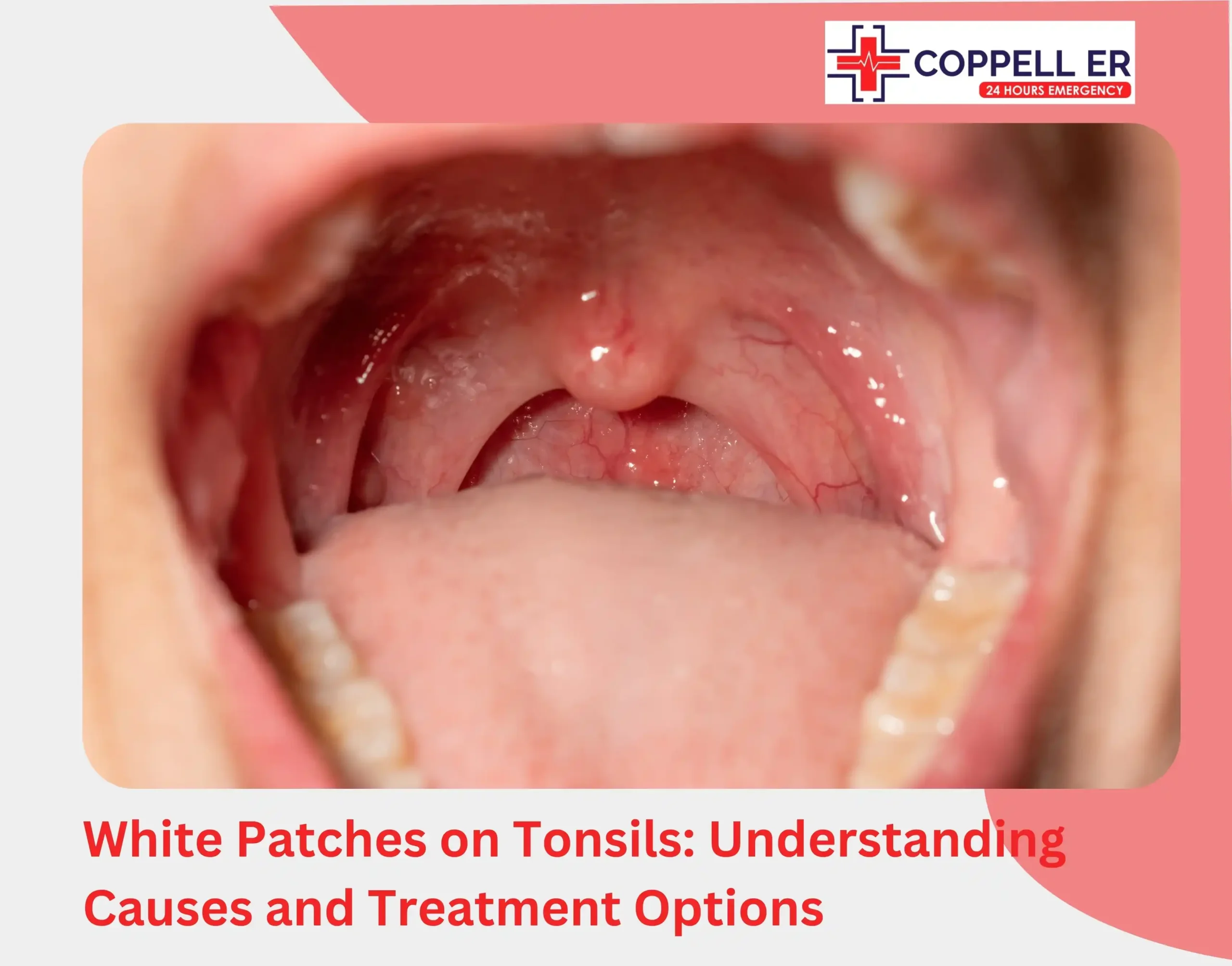For many people, the appendix is just a small, tube-shaped organ attached to the large intestine that they rarely think about—until something goes wrong.
Each year, around a quarter-million Americans, primarily those aged 20 to 30, experience acute Inflamed appendix. This condition is a medical emergency that requires immediate attention.
This guide explores the symptoms and warning signs of appendicitis, the diagnostic process, and effective treatments to manage the trouble before it’s too late.
Understanding Appendicitis

Appendicitis occurs when the appendix becomes inflamed, causing sudden and severe abdominal pain in the lower right side of the abdomen. The condition often results from blockage or infection by feces, causing the appendix to swell or even burst.
If left untreated, appendicitis can lead to serious complications. A burst appendix can release bacteria from your intestines into your abdominal cavity, causing peritonitis. This infection can then enter your bloodstream, potentially leading to life-threatening sepsis.
To prevent these risks, the usual treatment for appendicitis is the surgical removal of the appendix, or appendectomy. The appendix is not an essential organ, so its removal will not impact your overall well-being.
Acute Appendicitis vs. Chronic Appendicitis
Appendicitis is typically acute, characterized by a sudden onset and rapid worsening of symptoms. In contrast, chronic appendicitis is rare and less understood, involving intermittent irritation of the appendix over time with milder symptoms that makes diagnosis challenging.
Nonetheless, any form of appendix inflammation is serious. Persistent abdominal pain with no obvious cause should be evaluated by a healthcare provider, as chronic appendicitis can potentially worsen or evolve into an acute condition.
Appendicitis is most common in teenagers but can also occur in younger children. In the U.S., about 5% of people experience acute appendicitis at some point in their lives. In young children, it’s the leading cause of emergency abdominal surgeries due to the intense and sudden pain it causes.
Guide to Abdominal Pain in Children
Warning Signs of Appendicitis

Each person may experience different symptoms of appendicitis; however, some common warning signs include:
- Abdominal Pain: Starts around the belly button and moves to the lower right side, becoming sharp and severe.
- Nausea and Vomiting: Often follows the onset of pain, leading to a lack of appetite.
- Loss of Appetite: Common with the onset of abdominal pain.
- Fever: Mild to moderate, usually 99°F to 102°F (37.2°C to 38.9°C).
- Constipation or Diarrhea: Changes in bowel movements.
- Abdominal Tenderness: Tenderness in the lower right side, worsening with movement.
- Swelling or Bloating: Abdomen may appear swollen or feel bloated.
- Difficulty Passing Gas: Can be associated with the condition.
- Pain with Movement: Pain intensifies with walking or coughing.
- General Malaise: Feeling unwell or fatigued.
If these symptoms are severe and persistent, it’s crucial to seek medical attention promptly to diagnose and treat appendicitis. Understanding the stages of appendicitis can also help recognize the severity of the condition.
Stages of Appendicitis
- Early Stage (Acute Inflammation): The appendix begins to swell and become inflamed, causing mild abdominal pain, nausea, and a low-grade fever. The pain typically starts around the belly button and then moves to the lower right abdomen.
- Acute Appendicitis: The inflammation intensifies, causing sharp, persistent pain in the lower right abdomen, high fever, vomiting, and loss of appetite. The appendix becomes significantly swollen and tender.
- Suppurative Appendicitis: The appendix fills with pus, leading to more severe symptoms, including increased pain, swelling, high fever, and tenderness in the abdomen.
- Gangrenous Appendicitis: The blood supply to the appendix is compromised, causing tissue death. This stage is characterized by severe pain, a high fever, rapid health decline, and an increased risk of rupture.
- Perforated Appendicitis: The appendix bursts, releasing infectious material into the abdominal cavity, leading to peritonitis, a widespread and serious abdominal infection. Symptoms include extremely severe abdominal pain, high fever, rapid heartbeat, and a significant drop in blood pressure.
Appendicitis Diagnosis
Diagnosing appendicitis involves several steps:
- Medical History and Physical Exam: The doctor will ask about your symptoms and medical history, focusing on the abdomen to check for pain, tenderness, and swelling.
- Blood Tests: Blood tests can check for signs of infection, such as an elevated white blood cell count.
- Urine Test: A urine test can rule out a urinary tract infection or kidney stones, which can cause similar symptoms.
- Imaging Tests:
- Ultrasound: Often the first imaging test used, especially in children and pregnant women, to check for an enlarged appendix.
- CT Scan: Provides a detailed image of the abdomen to confirm appendicitis and check for complications like perforation.
- MRI: Sometimes used instead of a CT scan, especially in pregnant women, to avoid radiation exposure.
In some circumstances, doctors may perform additional tests, such as a pregnancy test, to rule out conditions that mimic appendicitis. Since there are several causes of abdominal pain during pregnancy, it’s crucial to thoroughly assess your symptoms.
Treatment Options
Uncomplicated Appendicitis Treatment
For uncomplicated appendicitis, treatment options generally include:
- Antibiotic Treatment: Initially, antibiotics can be used to treat appendicitis without surgery. However, this approach carries the risk of recurrence, and not all cases resolve with antibiotics alone.
- Surgical Treatment: Appendectomy, the procedure to remove the appendix, can be done laparoscopically (a minimally invasive technique) or via open surgery. Laparoscopic appendectomy is typically favored because it offers quicker recovery and less postoperative discomfort.
Handling Complicated Appendicitis
Complicated appendicitis, which involves issues like perforation or abscess formation, demands more comprehensive treatment:
- Surgical Procedure: Immediate surgery is required to remove the appendix and clean the abdominal cavity to prevent serious complications such as sepsis.
- Post-Surgery Care: Includes antibiotic therapy to address any residual infection and, in some cases, drainage of abscesses.
Lifestyle Factors
After recovery, making certain lifestyle and dietary changes can support healing and enhance overall gut health:
- Diet: Emphasize a high-fiber diet to encourage regular bowel movements and prevent digestive issues.
- Hydration: Drink plenty of fluids to support proper digestion.
- Activity: Gradually resume physical activity as advised by healthcare providers to aid recovery and boost overall health.
At ER of Coppell, our board-certified physicians create tailored treatment plans for patients with suspected appendicitis. By combining various approaches, we focus on addressing both the symptoms and underlying causes of appendicitis, ensuring comprehensive care and enhanced recovery.
Request an Appointment for Appendicitis Evaluation Now
FAQs
How do I know if my appendicitis is starting?
You may notice early symptoms like abdominal pain near the belly button that shifts to the lower right side, along with nausea, vomiting, and fever.
How can I test for appendicitis at home?
Lie on your back and apply firm pressure to your left lower abdomen. If this causes increased pain in your right lower abdomen, it could suggest inflammation of the abdominal lining.
What foods can irritate the appendix?
High-lactose dairy products, such as ice cream and cheese, can contribute to appendicitis. Spicy foods may also worsen pain by increasing acidity and should be avoided.
Can appendicitis heal on its own?
Some cases of appendicitis may resolve without treatment, but it’s safer to consult a healthcare provider if you suspect appendicitis rather than waiting for it to improve on its own.




